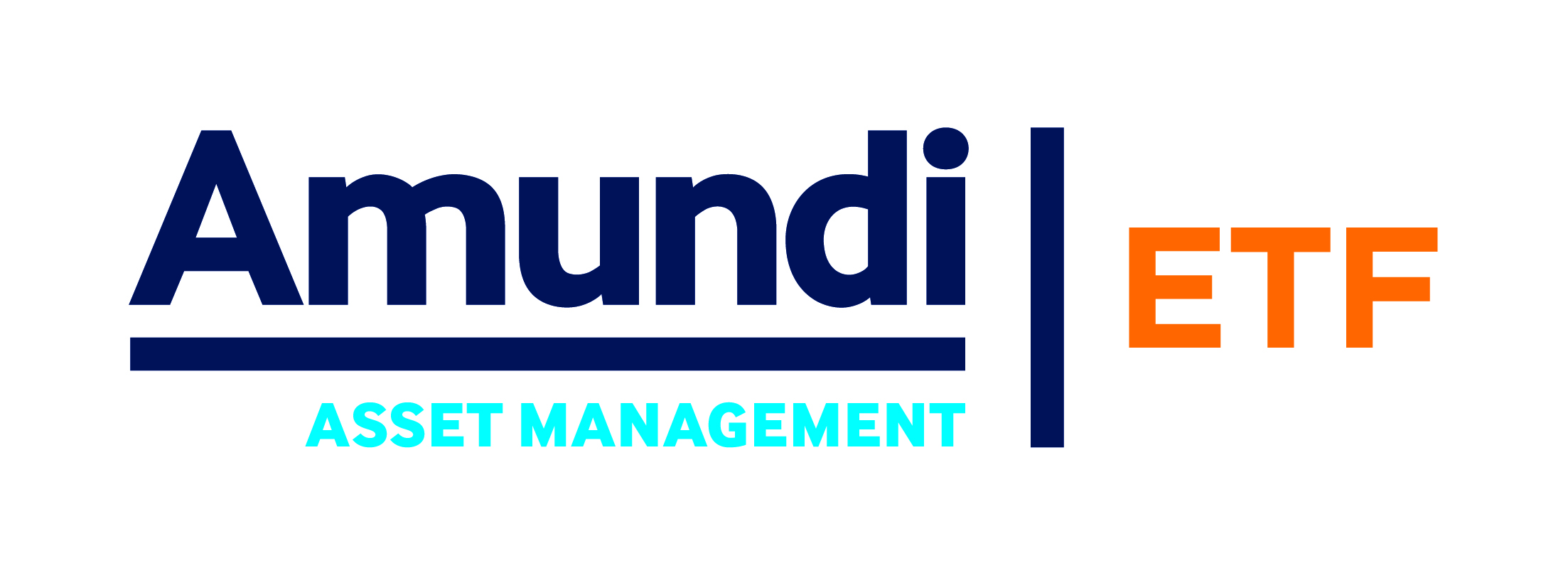With some of the steam coming off H1’s concentrated large cap tech rally, it was left to more esoteric exposures including oil, uranium and Turkey ETFs to book stellar returns as developed markets took stock of inflationary uncertainty in Q3.
Leading the way were oil-focused exchange-traded commodities (ETCs) including the WisdomTree Heating Oil ETC (HEAT), WisdomTree Bloomberg WTI Crude Oil ETC (WTID) and WisdomTree Petroleum ETC (AIGO), soaring 43,2%, 32.1% and 29.7% respectively over the quarter amid the largest oil demand and supply gap in more than a decade.
The mismatch in available oil has been triggered by production cuts by Saudi Arabia and Russia, with the former starting its cuts in July.
While the analyst consensus saw these being extended to the end of October, the kingdom led by Crown Prince Mohamed bin Salman announced in September it would continue production cuts to the end of the year to fund the country’s economic diversification including the construction of its $500bn megacity, Neom.
Following the news, November futures on Brent Crude shot up more than 27% in Q3.
The Organisation for Petroleum Exporting Countries (OPEC) recently published data predicting oil demand will outstrip supply by 3.3 million barrels per day in Q4.
The spike in prices saw US crude production shoot to its highest level since November 2019, according to data from the Energy Information Administration; however, the total fleet of US rigs contracted by 132 in Q2 and Q3 combined, with new sources of supply yet to come online to capitalise on recent price movements.
Regardless, oil price gains saw the iShares Oil & Gas Exploration & Production UCITS ETF (SPOG) and Invesco US Energy Sector UCITS ETF (XLES) gain 17.2% and 12.2%, respectively, in Q3.
Into more esoteric energy
Moving into alternative energy, uranium mining ETFs just about relinquished their top spots in the Q3 performance charts after some consolidation in mining equity valuations.
However, the HANetf Sprott Uranium Miners UCITS ETF (URNM) still finished the quarter as the top performing UCITS ETF with 41.4% gains, with the marginally less pure-play Global X Uranium UCITS ETF (URNU) returning 26.9%.
As well as capturing uranium mining equities, the ETFs also provide exposure to spot uranium which recently hit its highest price since 2011 after breaking through $73 an ounce.
Much like oil, recent gains have been supported by supply concerns including a military coup in Niger threatening the supply of cut-price uranium to French nuclear reactors.
Elsewhere, fresh worries about sanctions on US imports of Russian uranium surfaced after it emerged the US would need at least five years to find alternative sources to Russian supplies.
On a more structural basis, nuclear power re-entered the spotlight following Russia’s invasion of Ukraine, with Japan restarting 10 plants for the first time since the 2011 Fukushima Daiichi reactor incident.
South Korea, Belgium, Sweden and the Netherlands have all revised their previously cautious nuclear stances while the US, UK, France, Canada and India have announced plans to expand their nuclear capacities.
Turkey’s return to monetary policy orthodoxy
Looking at equity markets, strong gains in Turkish stocks once again grabbed headlines but unlike previous surges, a revised monetary policy approach could mean this is just the beginning of a more sustained rally.
After URNM, the Lyxor MSCI Turkey UCITS ETF (TUR) and iShares MSCI Turkey UCITS ETF (ITKY) were the top-performing UCITS ETFs in Q3, adding 33.8% and 32.8%, respectively.
Their sharp uptick came as president Recep Tayyip Erdogan, fresh off an election win in May, decided to overhaul the country’s monetary policy by appointing the more orthodox Hafize Gaye Erkan as central bank chief in June.
Following her appointment, Erkan hiked the central bank’s policy rate by 7.5% in a far more hawkish opening gambit than markets had anticipated, in a move to tackle the country’s rampant inflation.
While this might take some of the sheen off Turkish equities – which have been relied upon by domestic retail investors looking to hedge their savings against lira depreciation – the move towards monetary orthodoxy sparked the return of foreign investor interest in Turkish securities.
Overseas investors poured $1.4bn into Turkish equities between the start of June and the start of September while Turkish lenders VakifBank and Yapi Kredi collectively sold $1.3bn of US dollar-denominated bonds, yet foreign allocations to the country’s stocks and bonds remain near historic lows.










